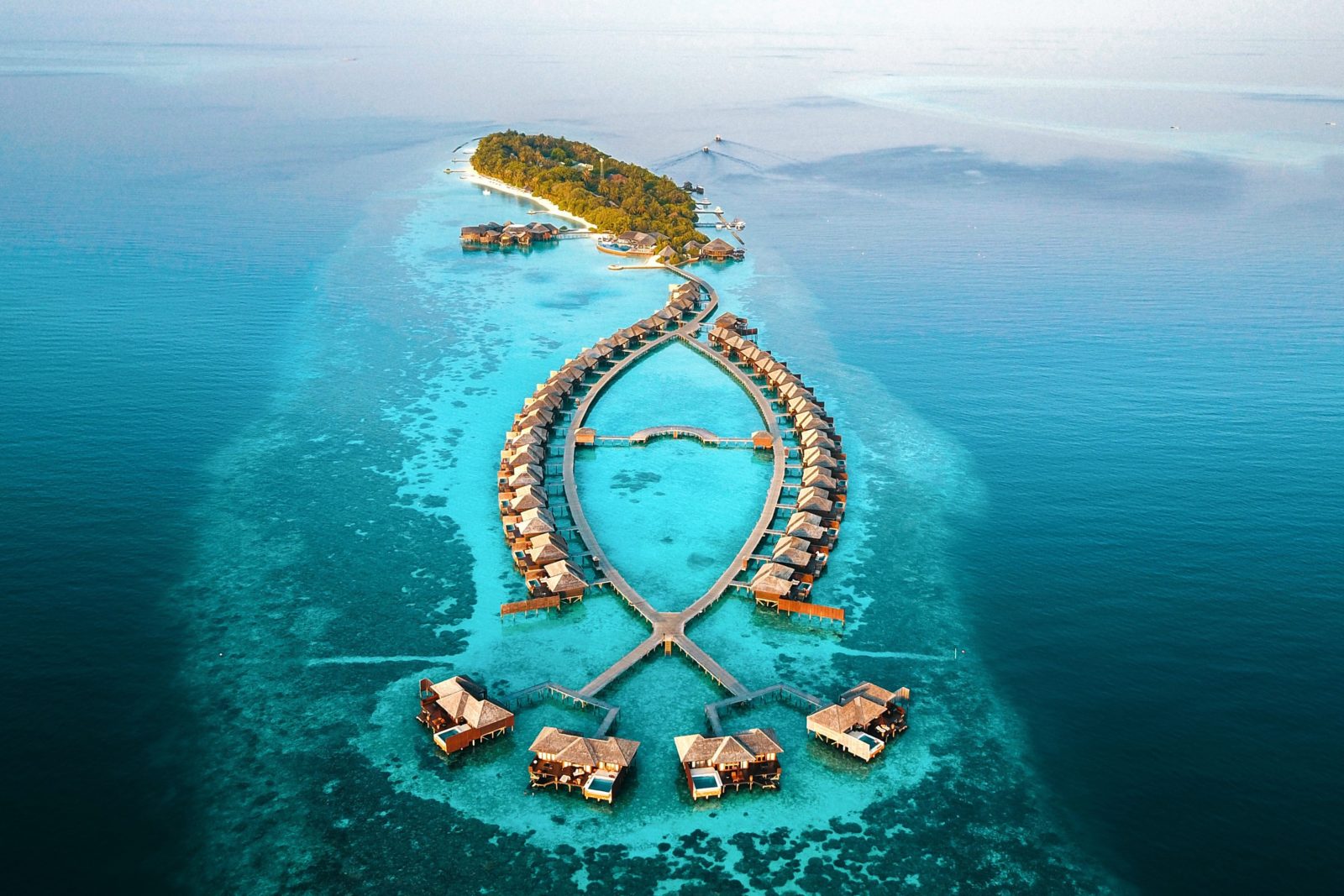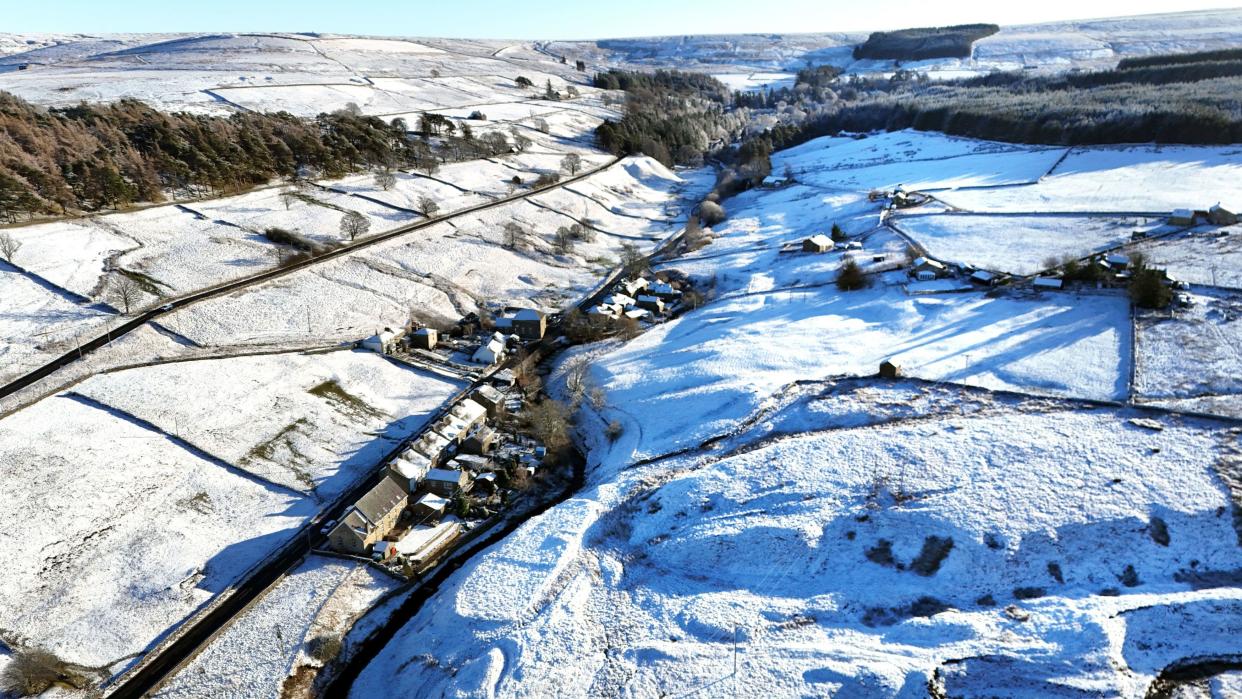As winter descends across North America, millions of Canadian “snowbirds” prepare to escape the cold for sunny destinations. Traditionally, Cuba has been a favorite among them, offering pristine beaches like Varadero and a rich cultural experience. Yet, the island’s tourism sector—its economic lifeline—is facing a perfect storm of challenges, from crippling blackouts to looming political threats.
Last year, nearly a million Canadians visited Cuba, making them the largest group of tourists by far. Their presence has helped fill the void left by Americans restricted by the ongoing U.S. economic embargo. However, a recent decision by Canada’s Sunwing Vacations Group to remove 26 Cuban hotels from its portfolio sent shockwaves through the island’s struggling tourism industry.
Sunwing’s move came after Cuba experienced three nationwide blackouts in just over a month. Failures in the country’s aging energy infrastructure, compounded by Hurricane Rafael’s devastation, highlighted the acute power crisis. “Cuba has had some volatility in the last few weeks, and that may shake consumer confidence,” said Samantha Taylor, Sunwing’s chief marketing officer, emphasizing the need to offer customers alternative destinations like the Dominican Republic and the Bahamas.
For Cuba, the implications are dire. Tourism is its primary source of foreign currency, second only to remittances. Losing a key partner like Sunwing raises concerns about the island’s ability to sustain its already fragile economy. “Our message to Canadians is that tourism is one of the economy’s priorities,” said Lessner Gómez, director of the Cuban Tourism Board in Toronto, assuring that preparations for the winter season include improved services, better supplies, and enhanced airport experiences.
But as Cuba battles its energy woes, a new challenge looms on the horizon: the potential return of Donald Trump to the White House. With Trump’s re-election bid gaining momentum, the possibility of Marco Rubio as Secretary of State alarms Cuban policymakers. Rubio, a staunch critic of Havana’s communist government, is expected to push for harsher sanctions, potentially targeting the tourism sector by suspending commercial flights or closing the U.S. Embassy in Havana.
“This is probably the Cuban Revolution’s hardest moment,” said former Cuban diplomat Jesús Arboleya. He predicts that a Rubio-led State Department would unify U.S. policy around maximum pressure on Cuba, further strangling its floundering economy.
Cuba’s tourism industry has already endured significant setbacks. During the Obama-era détente (2015–2017), the island saw a surge in U.S. visitors and embarked on an ambitious hotel-building spree. But Trump’s rollback of Obama’s engagement policies, followed by the pandemic, halved tourist numbers and left many newly built hotels struggling with low occupancy and deteriorating services amid energy shortages.
Critics argue that Cuba’s heavy investment in tourism—38% of government funds over the past decade—came at the expense of essential infrastructure like energy, which received only 8–9% of the budget. “It doesn’t make sense. The hotels run on electricity,” said economist Ricardo Torres of American University.
Despite these challenges, Cuba remains a captivating destination for many. Its classic cars, cigars, and mojitos retain their charm, while its vibrant history and culture continue to draw adventurous travelers. Yet, with tour operators scaling back and political uncertainty mounting, the island’s ability to sustain its tourism-dependent economy is in serious jeopardy.
Cuba faces an uphill battle to reassure visitors and adapt to the changing geopolitical landscape, but its resilience and unique allure may still offer hope for a brighter future.




